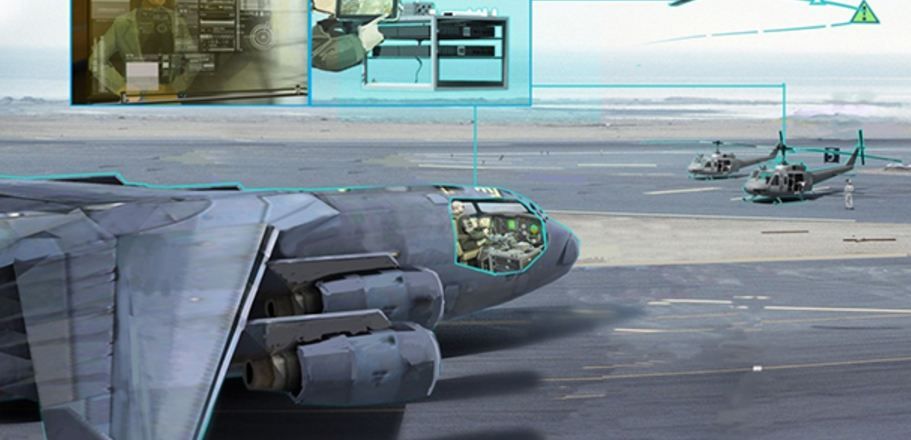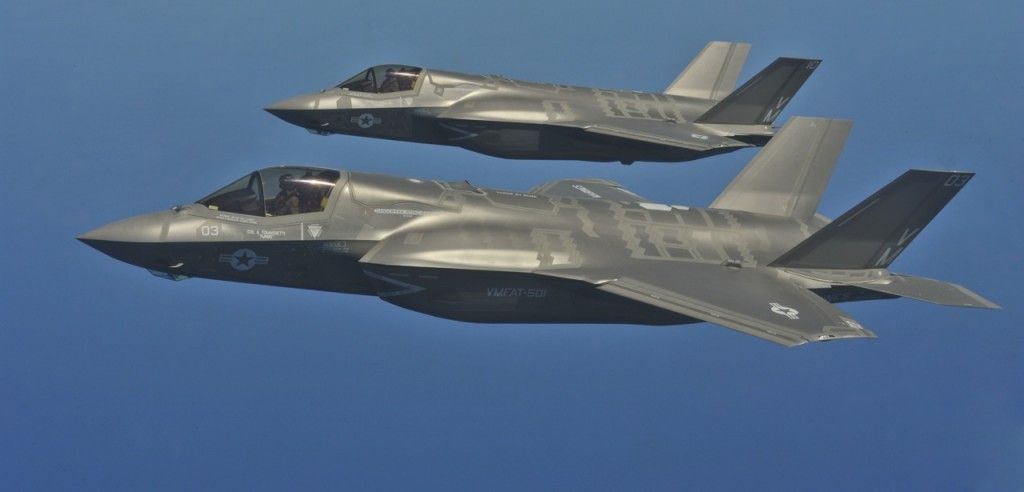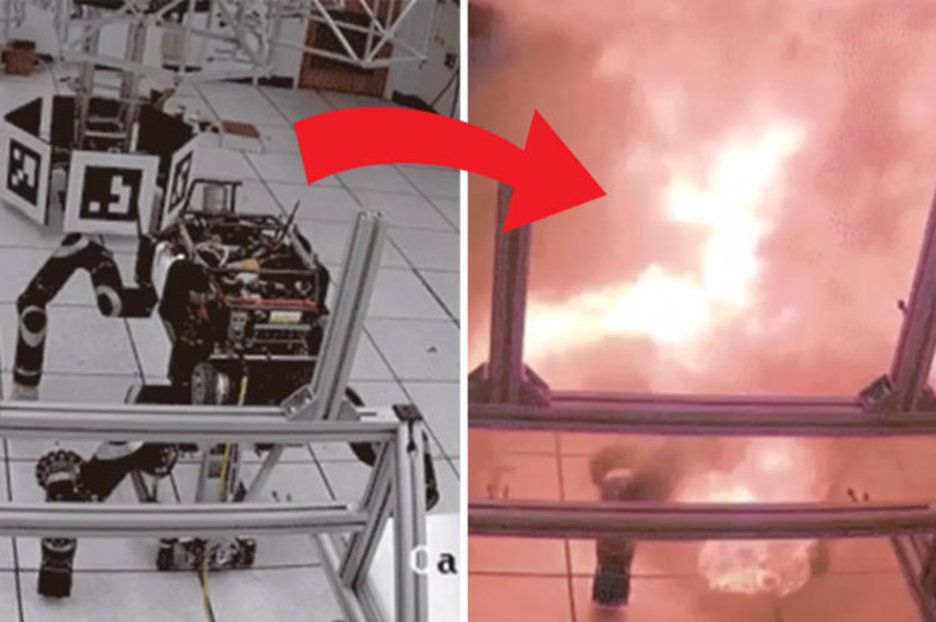Nov 10, 2016
Synthetic biology research may enable future capabilities for Soldiers
Posted by Karen Hurst in categories: bioengineering, biotech/medical, computing, military, physics
ADELPHI, Md. — A U.S. Army Research Laboratory biotechnology scientist recently published an editorial article on the future directions of synthetic biology research to meet critical Army needs in the Synthetic Biology edition of the Journal of the American Chemical Society.
In the publication, Dr. Bryn Adams, who works in ARL’s Bio-Technology Branch, highlights examples of robust, tractable bacterial species that can meet the demands of tomorrow’s state-of-the-art in synthetic biology.
“ACS Synthetic Biology is the premier synthetic biology journal in the world, with a wide readership of biologists, chemists, physicists, engineers and computer programmers,” Adams said. “A publication in this journal allows me to challenge the leaders in the field to meet a Department of Defense specific need — the need for new synthetic biology chassis organisms, or host cell, and toolkits to build complex circuits in them.”
Continue reading “Synthetic biology research may enable future capabilities for Soldiers” »


















